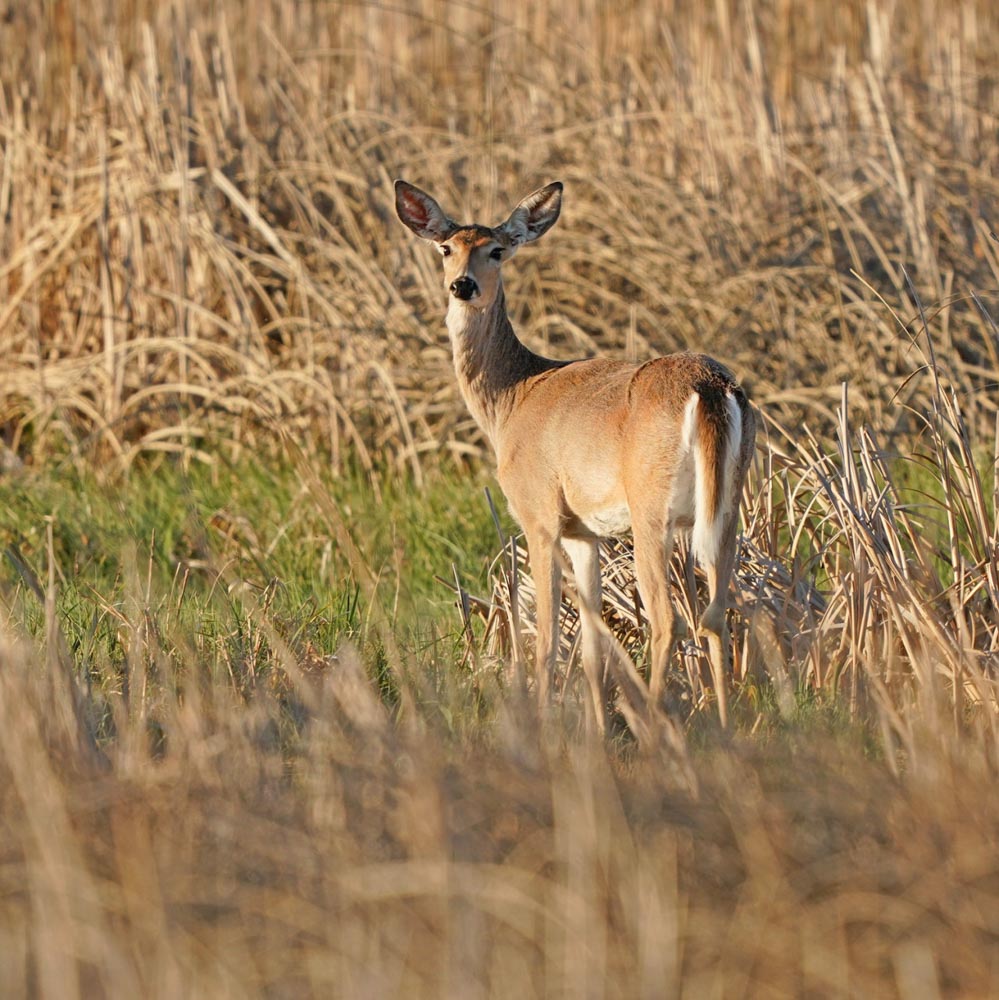Below are portions of several news releases from the North Dakota Game and Fish Department, Idaho Game and Fish and the Wyoming Game and Fish Department.
Idaho
Fish and Game wildlife staff continues to monitor the extent of the disease causing deer to die across the region. Multiple samples taken from dead deer across the Clearwater Region have come back positive for the Epizootic Hemorrhagic Disease (EHD) virus.
Outbreaks of EHD are not uncommon to white-tailed deer. Wildlife staff anticipated the potential for a disease outbreak due to this year’s extended hot and dry weather pattern. This summer created ideal conditions for deer to congregate at water sources where the disease-carrying biting gnat resides. The number of dead deer is expected to continue to increase a week or more after a first hard frost kills gnat populations.
North Dakota
Wildlife biologists continue monitoring an ongoing mortality event in white-tailed deer in central North Dakota. Since early August, the state Game and Fish Department has documented whitetail deer deaths attributed to epizootic hemorrhagic disease.
“EHD is a viral disease transmitted by biting gnats,” said Dr. Charlie Bahnson, Game and Fish wildlife veterinarian. “We see a low level of EHD activity most years, but every so often, environmental factors line up to make for a bad season. Last year, southwest North Dakota was hit relatively hard by EHD. Right now, it appears that the virus is picking up where it left off, with most cases coming from locations on the edge of 2020’s heavily affected areas. The hardest hit area appears to be a 20-mile radius of the Bismarck-Mandan area, but we are also tracking smaller, localized outbreaks elsewhere in the state.”
Game and Fish is asking for assistance to better gauge the extent and severity of this year’s outbreak. The public is encouraged to report any sick or dead deer through an online reporting system.
“In some cases, we may need to collect samples off fresh carcasses, so please notify the department as soon as possible,” Bahnson said.
Hunters should report any dead deer along with photos, if possible, to the Game and Fish Department through the online wildlife mortality reporting system, at gf.nd.gov/mortality-report.
EHD primarily affects white-tailed deer, but other big game species are susceptible. The virus is not a danger to humans, however, hunters should not shoot or consume a deer if it appears sick.
Wyoming
The Wyoming Game and Fish Department is tracking an outbreak of epizootic hemorrhagic disease (EHD), a virus that primarily impacts white-tailed deer and pronghorn. Multiple samples from dead deer and pronghorn confirmed the outbreak in the Arvada area as well as areas near Douglas, Laramie and Cheyenne. The presence of the disease is not uncommon in times of drought and hot weather, especially where wildlife congregate around small water holes where the disease-carrying biting midge lives.
Wyoming’s wildlife managers see EHD in big game every year. However, some years have greater impacts than others, and 2021 could be one of them.
“This year seems worse, but we are just at the beginning of the outbreak,” said Hank Edwards, Wildlife Health Laboratory supervisor. “Monitoring will be important to chart the impacts.”
Game and Fish is tracking the spread of the disease online and has a map of identified locations. The map locations represent lab-confirmed distribution, but not the intensity of the disease. Once an area is documented, the lab won’t continue to sample there.
EHD is not spread by animal-to-animal contact; rather, transmission occurs when a host-animal with the virus is bitten by a midge.
“The midge collects a ‘blood meal,’ like a mosquito,” Edwards said. “When the midge bites another animal, the virus spreads.”
EHD typically occurs in the fall, especially in dry conditions coupled with drought, where there tend to be more outbreaks. As water holes shrink, animals become more concentrated, so it is easy for midges to transmit the disease.
The disease impact in Wyoming is not expected to be uniform. The disease is known to wax and wane in deer and pronghorn populations, and not all animals that are exposed to the virus will die. Some develop an immunity. Wildlife managers expect areas with high white-tailed deer will be impacted the hardest and some isolated pronghorn areas. The disease cycles every 7-10 years.
The number of deer and pronghorn affected is expected to increase until the first hard frost kills off midge populations. This fall, hunters should be aware of the disease, but shouldn’t be concerned about contracting EHD or spreading it to their pets. Humans are not at risk of contracting the disease. If disease managers identify substantial impacts to wildlife, it could curtail hunting seasons. Game and Fish will continue to monitor the extent of the disease across the state.
(Photo source: North Dakota Game and Fish Department)
